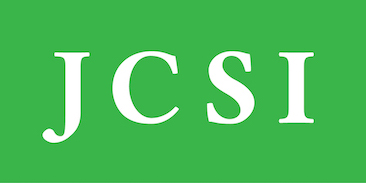The Veil of Religious Pluralism in Neoliberalism Agenda in Indonesia
Abstract
In this 21st century, the understanding of religion has undergone significant changes. The emergence of pluralism concepts is a concrete manifestation of this change. Among them are the World Theology concept presented by Wilfred Cantwell Smith and the Global Theology introduced by John Hick. These two concepts have in common in assuming that all the divine religions have the same God, be it Judaism, Christianity, or Islam. This understanding raises controversy in society. Neoliberalism shapes religion from above. It changes the environment in which religious institutions evolve and imposes new ways of managing human and economic resources. Traditional religious institutions, which were bureaucratized, hierarchical, and vertical, are forced to downsize, ‘rationalize’ their activities, develop communication strategies and branded identities, outsource administrative tasks, and cast their mission as the provision of services meeting individual needs. Meanwhile, new networked, supple, charismatic, horizontal and transnational religious organizations emerge which increase pluralism and challenge institutionalized privileges. This paper aims to reveal the reasons why this phenomenon persists to this day with problem boundaries in the context of Indonesia. This research is a literature study with a critical analysis method through Content Analysis. The results of this study indicate that the development of religious pluralism can persist because it is supported by the ideology of neoliberalism. Furthermore, this research can be a reference for public education efforts related to the issue of religious pluralism.
Copyright (c) 2023 Arsya Amarlaily Arbiyanti

This work is licensed under a Creative Commons Attribution-NonCommercial-NoDerivatives 4.0 International License.
Authors retain the copyright of their work, with first publication rights granted to Journal of the Contemporary Study of Islam.






